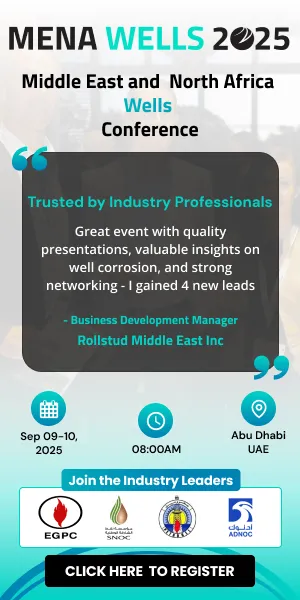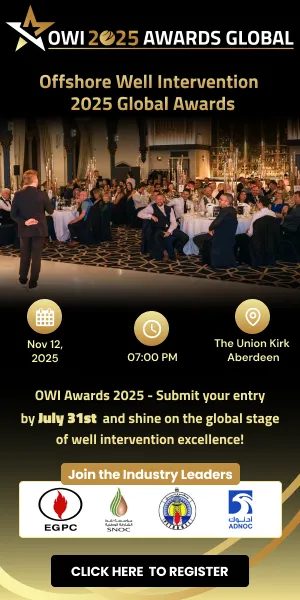MODEC has executed a co-operation agreement with infrastructure solutions provider, Africa Finance Corporation, to collaborate on floating production, storage, and offloading (FPSO) units projects as well as other maritime infrastructure projects in Africa
MODEC has extensive African experience, having delivered 11 FPSOs/FSOs, MOPU and TLPs in West Africa in the past. Currently MODEC is providing charter service for FPSO.
AFC is a multilateral financial institution, established in 2007 to be the catalyst for pragmatic infrastructure and industrial investments across Africa. With 45 member countries and having invested over US$15bn across the continent, AFC’s approach combines specialist industry expertise with a focus on financial and technical advisory, project structuring, project development, and risk capital to address Africa’s infrastructure development needs.
This CA is a framework aiming at future cooperation and information exchange in technical studies, market studies, structuring of finance solutions and sourcing of potential projects for future maritime infrastructure space in Africa.
MODEC group president and CEO, Hirohiko Miyata, said, “We are honoured and excited to execute the CA with AFC. Africa is a core market for us with infinite potential for offshore development. MODEC is committed to supporting the development of African countries through our offshore solutions.”
This agreement, signed during AFC’s visit to Japan for the 9th Tokyo International Conference on African Development, marks a significant step for both companies as they work together to contribute to the sustainable development of maritime infrastructure and economic growth in Africa, thereby supporting the advancement of local communities.











